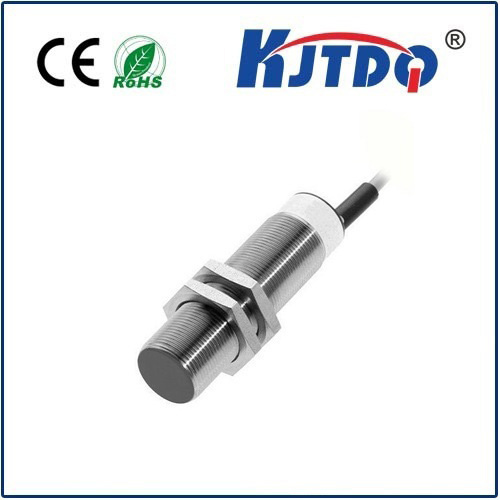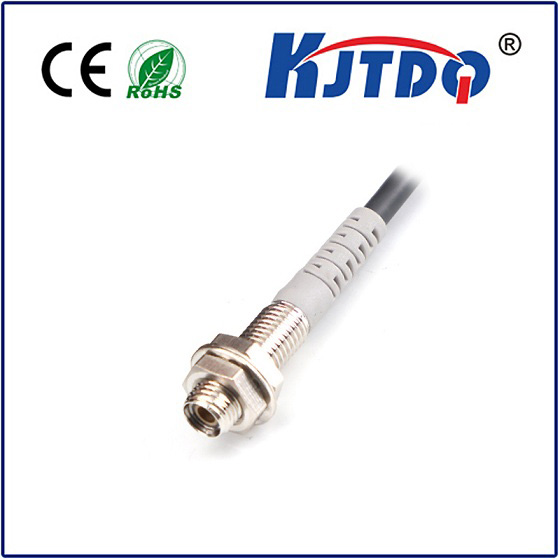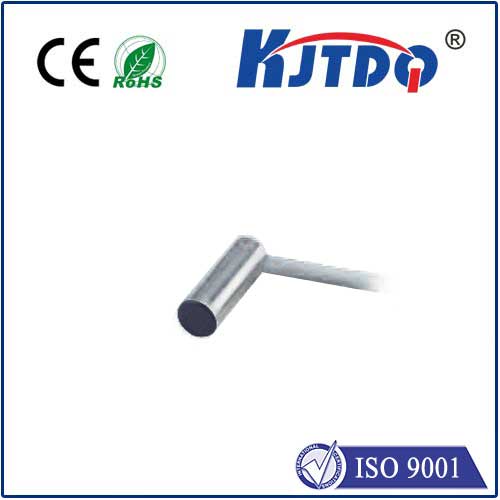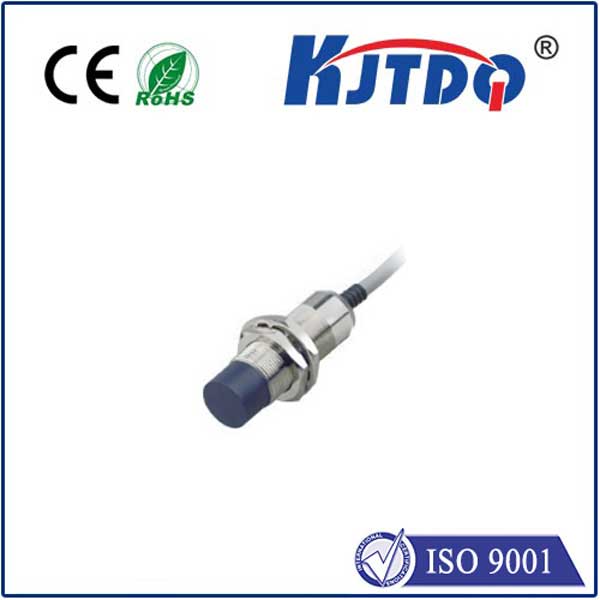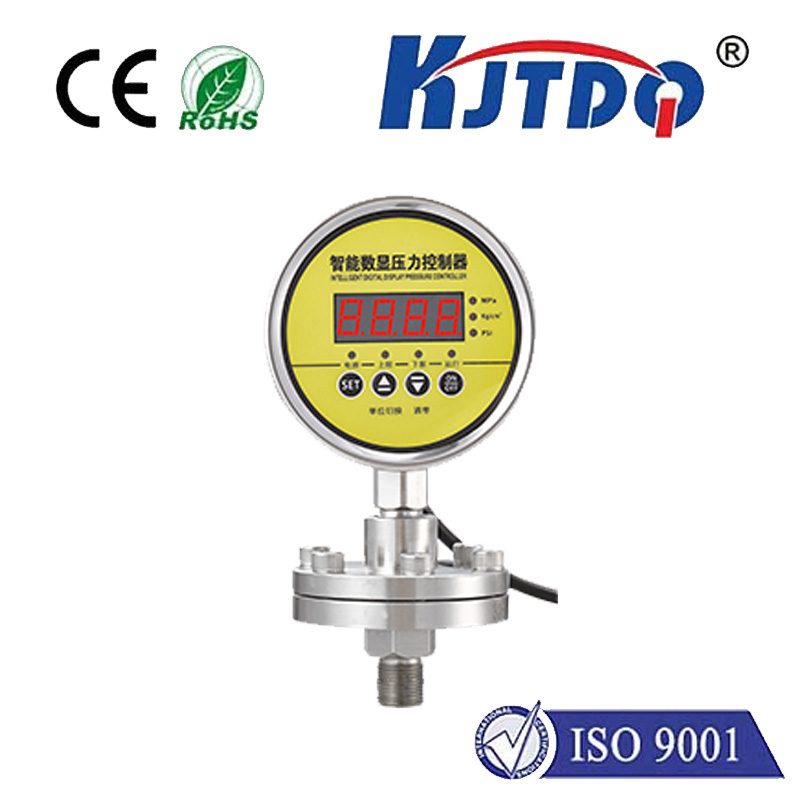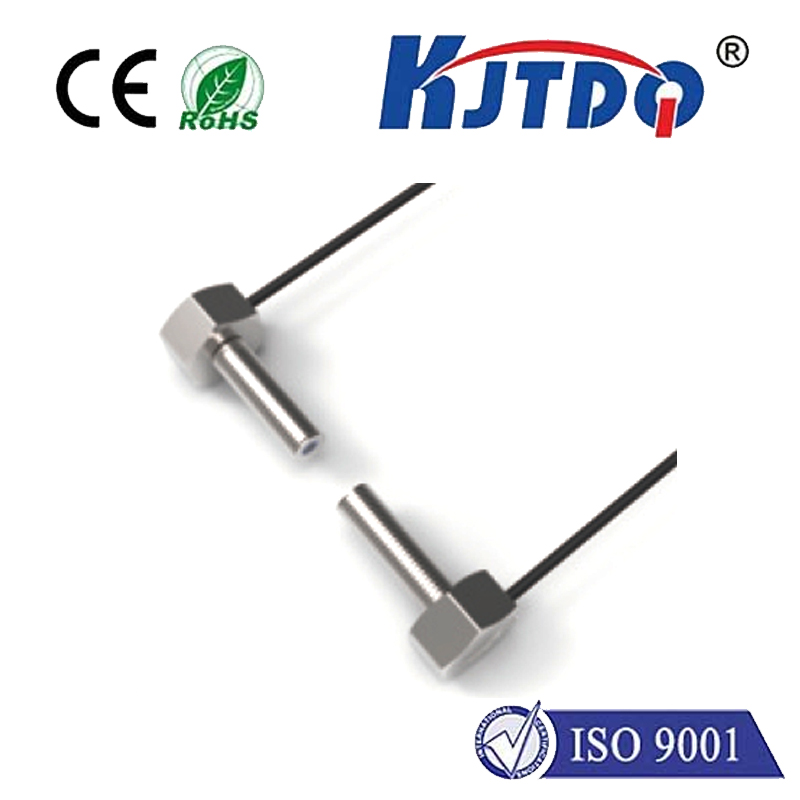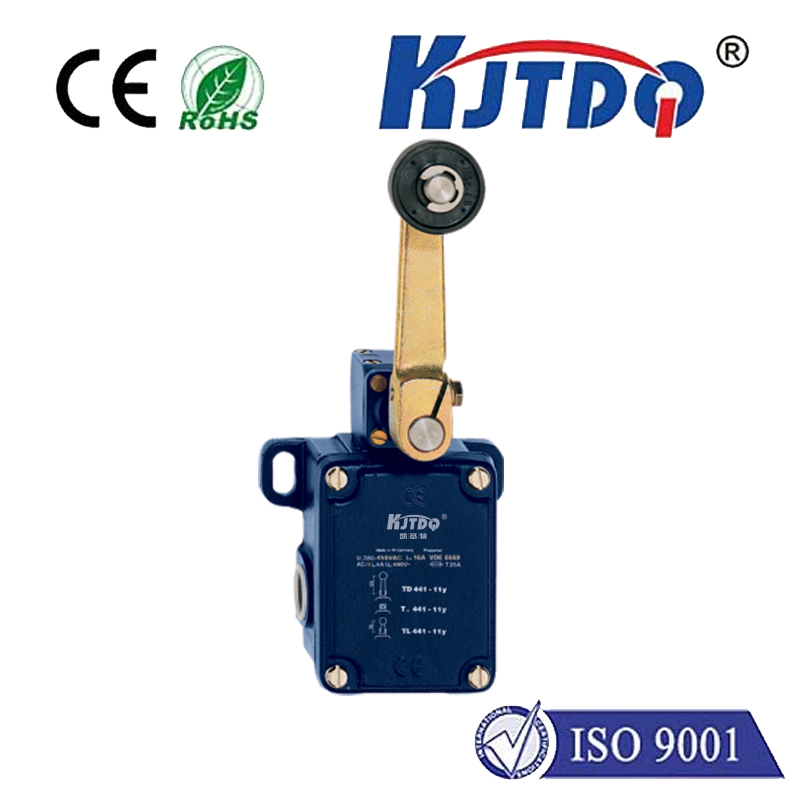lanbaohall proximity sensor
- time:2025-09-06 03:54:58
- Click:0
Lanbaohall Proximity Sensors: Revolutionizing Detection in Modern Automation
In the bustling landscape of modern manufacturing and automated systems, the unassuming proximity sensor plays a critical, often unseen, role. These devices act as the crucial gatekeepers of position, presence, or absence, triggering vital actions within machinery and processes. Among the reliable solutions enabling seamless operations are Lanbaohall proximity sensors, engineered to deliver consistent, non-contact detection for a wide spectrum of industrial applications. Understanding their capabilities is key to optimizing efficiency, safety, and reliability on the factory floor and beyond.
Unlike mechanical switches that require physical contact, Lanbaohall proximity sensors operate on the principle of non-contact detection. Depending on the specific model and technology (common variants include inductive for metallic objects, capacitive for non-metallic materials, and sometimes magnetic), they generate an electromagnetic field or beam. When a target object enters this predefined sensing range, it disrupts the field. This disruption is instantly detected by the sensor’s internal circuitry, causing its output state to change – typically switching from ‘OFF’ to ‘ON’ or vice-versa. This lightning-fast, millisecond-level response makes them ideal for high-speed counting, positioning, and object detection tasks where contact is impractical or undesirable.

The practical applications for Lanbaohall proximity sensors are vast and diverse within industrial automation:
- Precision Positioning: Ensuring machine parts like robotic arms or tooling slides are exactly where they need to be before the next operation commences. Lanbaohall proximity sensors provide the reliable feedback loop essential for this accuracy.
- Reliable Object Detection: Verifying the presence or absence of components on an assembly line, bottles on a filling conveyor, or products entering a packaging machine. They act as the eyes confirming correct process flow.
- End-of-Travel Limit Sensing: Replacing mechanical limit switches to detect when a moving part (like a cylinder rod or gate) has reached its fully extended or retracted position, enhancing durability and precision.
- Speed and RPM Monitoring: Counting rotations by detecting passing gear teeth, shaft targets, or timing marks on rotating components.
- Level Control: Capacitive Lanbaohall proximity sensors excel at detecting the presence of liquids, granular materials, or powders within tanks or silos, preventing overflows or dry runs.
Why choose Lanbaohall proximity sensors specifically? Their design focuses on delivering core advantages that translate directly into operational benefits:
- Enhanced Durability: Without moving parts subject to mechanical wear and tear, Lanbaohall proximity sensors offer significantly longer operational lifespans compared to contact-based switches, reducing maintenance costs and downtime. Their robust housings are built to withstand harsh industrial environments, including exposure to dust, moisture (featuring high IP ratings like IP67 or IP69K), oils, and vibrations.
- Blazing Speed: Millisecond response times are standard. This high-speed capability is crucial for modern high-velocity production lines and machinery, ensuring no detection lag compromises throughput or timing.
- Consistent, Repeatable Detection: These sensors provide highly reliable switching, unaffected by surface conditions like dirt, oil, or moisture (unlike optical sensors), ensuring consistent performance cycle after cycle, critical for quality control.
- Simplified Installation & Maintenance: Their typically compact size, non-contact nature, and straightforward wiring (often featuring standard PNP or NPN outputs) make them easy to integrate into new or existing systems. Because they don’t physically touch the target, there’s less risk of damage to either the sensor or the object being detected, minimizing maintenance interventions. Many models offer features like adjustable sensing ranges and diagnostic LEDs for easier setup and troubleshooting.
- Safety Contribution: By reliably detecting machine guard positions, personnel presence near hazardous zones (as part of a broader safety system), or verifying correct component positioning before a cycle starts, Lanbaohall proximity sensors contribute significantly to creating safer work environments.
Maximizing the value derived from Lanbaohall sensors requires thoughtful selection and application:
- Target Material: First, identify the material needing detection (ferrous metal, non-ferrous metal, plastic, liquid, wood). This dictates whether an inductive, capacitive, or potentially other specific type (like magnetic) Lanbaohall proximity sensor is required.
- Required Sensing Distance: Establish the necessary gap between the sensor face and the target object when detection should occur (the nominal sensing range). Ensure this range accounts for any mounting variations or potential movement tolerances. Note that the actual sensing distance (Sn) can be affected by the target’s size, shape, and material properties.
- Environmental Factors: Assess the operating conditions – will the sensor face extremes of temperature, potential splashes or submersion in liquids, corrosive chemicals, heavy dust, or strong electromagnetic interference? Select a Lanbaohall proximity sensor with an appropriate IP rating, temperature range, and construction material (e.g., stainless steel housing) to endure these conditions.
- Electrical Specifications: Match the sensor’s output type (PNP, NPN, analog), operating voltage (commonly 10-30V DC), and current rating to the requirements of the connected control system (PLC, relay, input module).
Regular inspection and simple preventive measures are key to longevity. Periodically clean the sensor face of accumulated debris or build-up that could impede detection. Verify secure mounting and check wiring connections for corrosion or loosening. While incredibly robust, understanding why a sensor might fail (e.g., electrical overload, physical damage, extreme environmental stress beyond rating) aids in quicker diagnosis and prevention strategies. Studies show over 42% of electrical failures in sensors stem from environmental factors or incorrect installation – factors mitigated by choosing the right Lanbaohall proximity sensor and installing it correctly from the outset.
Lanbaohall proximity sensors embody the critical shift towards smarter, more resilient industrial automation. By providing reliable, non-contact detection in demanding settings, they form an indispensable foundation for modern manufacturing efficiency, quality control, and enhanced workplace safety. Selecting the appropriate sensor tailored to the specific application’s demands ensures these components consistently deliver peak performance, driving productivity and minimizing costly operational interruptions. Understanding their function and capabilities empowers engineers and technicians to fully leverage the advantages these powerful devices bring to the automated world.







